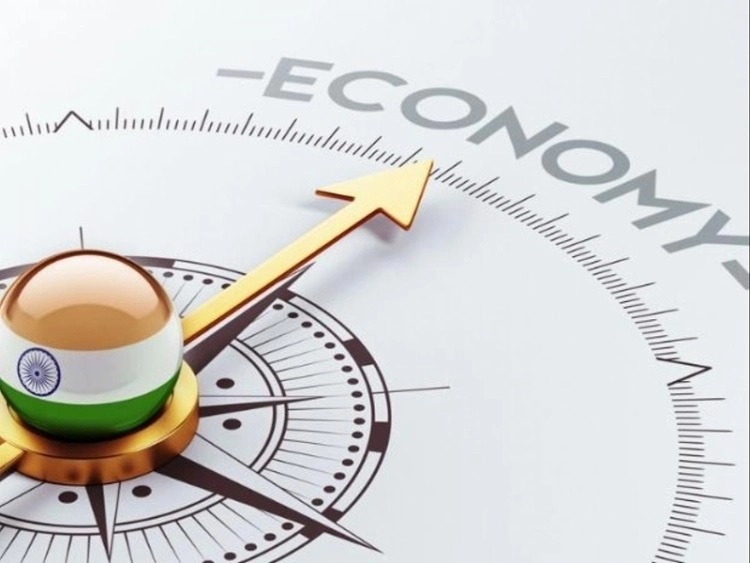You might never have heard of expanded polystyrene, but youve definitely used it. Its the lightweight white foam used for everything from packing pea¬nuts to holding boxes of veggies at the supermarket.
Expanded polystyrene (EPS) is versatile, waterproof, and surprisingly strong. Unfortunately, its also a night¬mare to dispose of. It fragments easily into many small, light pieces which can be easily carried away by the wind, and is difficult to process.
Australia exports some EPS to be recycled overseas, but we have less than one collection point per state. All of this means that The NSW Evironmental Protection Agency estimates that some 12,000 tonnes of EPS is sent to landfill every year. According to the Australian Plas¬tics Recycling survey, about 14% of EPS is recovered for recycling. Most of that is exported only around 1.6% of all the EPS used in Australia is recycled here.
This is why many researchers are looking for ways to re-purpose EPS, taking advantage of this very useful mate¬rial and keeping it out of landfill.
Turning trash into treasure
Over the past seven weeks our Master of Design students at UTS have been working on this problem. On level two of the UTS tower, down in the carpark, is a piece of machinery that turns EPS into patties of hard¬ened plastic. These are collected on a palette, taken to a processing facility, and turned into low grade industrial products like traffic bumpers.
EPS is fed into the machine at one end. Its then shredded, heated, and pressed through an opening at the other end.
It coils into a messy sausage on the cement floor, before being quickly worked into a rough disk by a service worker using a rudimentary, rake-like tool. The spectacle is vaguely remi¬niscent of watching chefs work pizza dough. Every week cluttered stacks of EPS become these compact, easy-to-handle patties.
Artist Peter Trimble uses a similar method to create Rubbish Stools out of EPS. The process removes the air from the material, reducing it to 3-5% of its original volume.
A different kind of meaning emerges when this substance, rather than piling up in an inchoate lump on the floor, transforms into something useful: a chair, bowl, or tray.
Design and systemic change
Design involves finding ways to create value and meaning with materials that might otherwise remain inconspicuous and neglected. Rather than dismiss EPS as redundant pack¬aging, we aim to see it as something with its own inherent functional and aesthetic value.
In their initial experiments my design students discovered that EPS can be a beautiful material. Through the application of heat and use of specific moulds, EPS can take on an organic, porous texture, reminiscent of bone, or an immaculate, plastic sheen, almost like glass.
This intensity of contrast is one of the common attributes of aesthetic beauty. It could easily be turned into an object, such as a vase or bowl, that someone might hold onto for life.
Considered in isolation, these insights are of limited value to a sustainable Australia. It doesnt help that many people if the UTS gift store begins selling items made from recycled material (although obviously it is a very small improvement).
However, if these things find their way to landfill soon after purchase the sustainability benefit is marginal.
The more significant change comes when good design helps create a broader shift. For example, could UTS change its recycling systems to accommodate a range of ongoing projects, designed to supply the needs of the university community?
Better still, could those results be applied to large shopping centres, local councils, or small towns? Sometimes seeing the beauty in an overlooked piece of rubbish can open our minds to many different possibilities.
By Arrangements With The Conversation
Follow this link to join our WhatsApp group: Join Now
Be Part of Quality Journalism |
Quality journalism takes a lot of time, money and hard work to produce and despite all the hardships we still do it. Our reporters and editors are working overtime in Kashmir and beyond to cover what you care about, break big stories, and expose injustices that can change lives. Today more people are reading Kashmir Observer than ever, but only a handful are paying while advertising revenues are falling fast. |
| ACT NOW |
| MONTHLY | Rs 100 | |
| YEARLY | Rs 1000 | |
| LIFETIME | Rs 10000 | |








